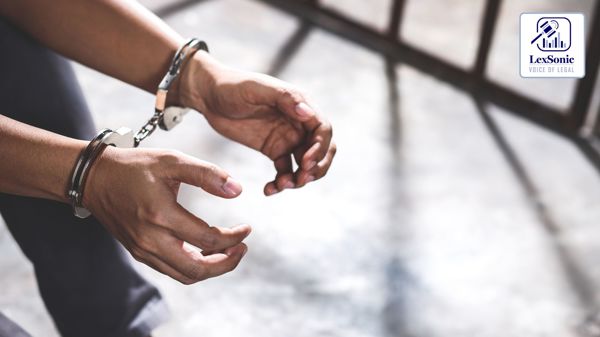Mumbai Shootout: Supreme Court Upholds Life Sentences in Gangland Killing.
15 April 2025
Criminal Appeals & Suspension of Sentence >> Criminal Law
The case stems from a brazen attack on February 13, 2010, where the First Informant, Mohd. Asif Mohd. Rafiq Khan, along with the deceased Irfan Qureshi and Shakil Ibrahim Modak, were targeted while sitting outside a shop in Phool Galli, Mumbai. According to the prosecution, four assailants opened fire, resulting in fatal injuries to Qureshi and Modak, and gunshot wounds to Khan and a bystander, Smt. Gangubai Eknath Sonawane.

Following the incident, a police investigation was launched, leading to the arrest of the two appellants, Mohd. Ali Jan Mohd. Shaikh and Pranay Rane, in October 2010. Rane subsequently provided information that led to the recovery of the firearm used in the crime along with live cartridges. A Test Identification Parade (TIP) was conducted where the appellants were identified by eyewitnesses.
At trial, the prosecution presented a case built primarily on the direct evidence of four eyewitnesses, including the injured First Informant. These witnesses consistently identified the appellants as being among the shooters. The prosecution also presented evidence of the weapon recovery, medical testimony confirming the cause of death as firearm wounds, and forensic analysis linking the recovered weapon to the bullets found in the victims.
However, a bench of the Supreme Court, after meticulously examining the trial court records and the depositions of witnesses, found no merit in the appellants' arguments. The Court emphasized the significant legal weight accorded to the testimony of an injured eyewitness, stating that their presence at the scene is inherently more credible. The Court found the testimony of the injured First Informant, Mohamed Asif Khan, to be consistent and compelling, and his identification of the appellants in the TIP and in court to be reliable.
Regarding the recovery of the weapon, the Court found the testimony of the panch witness credible, and while acknowledging a minor discrepancy in the description of the house owners, the recovery itself was deemed valid.
Ultimately, the Supreme Court concluded that the prosecution had successfully established the guilt of the appellants beyond reasonable doubt, based on the consistent eyewitness accounts, the corroborative medical and forensic evidence, and the recovery of the weapon. The Court found the trial court's judgment to be well-reasoned and legally sound, warranting no interference.
